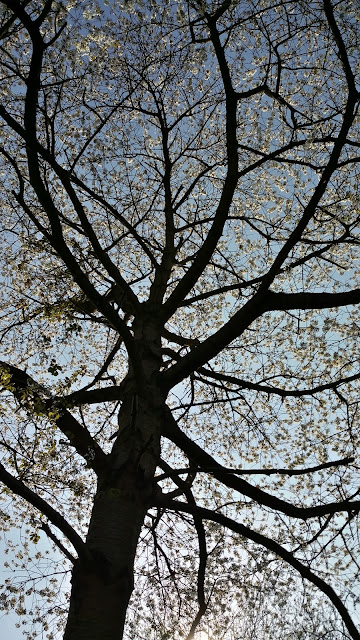I was once the snake woman
the only person, it seems, in the whole place
who wasn’t terrified of them
I used to hunt with two sticks
among milkweed and under porches and logs
for this vein of cool green metal
which would run through my fingers like mercury
or turn to a raw bracelet
gripping my wrist:
I could follow them by their odor
a sick smell, acid, and glandular
part skunk, part inside
of a torn stomach,
the smell of their fear
from Snake Woman by Margaret Atwood



















































